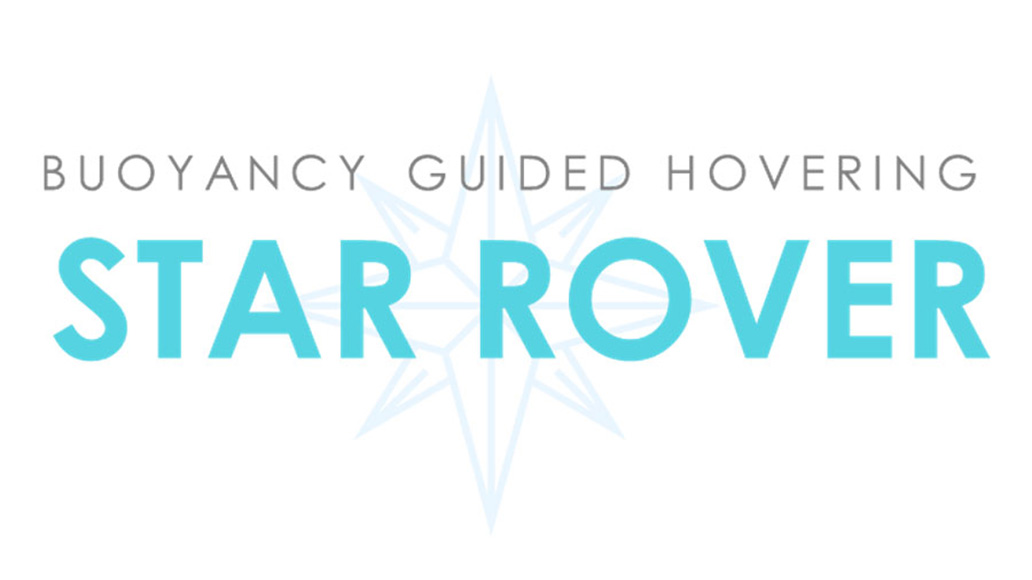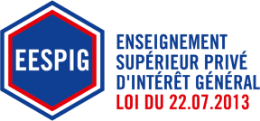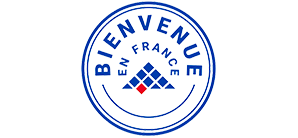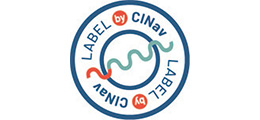Ten students on an internship in Costa Rica to build a floating rover

Since September, ESTACA students have been working on the Polaris project, which aims to design and build a floating space rover as part of an international programme with Costa Rica and the United States. The program includes nearly one hundred members from 16 different countries, including 37 French students. After working all year on modeling the rover, the team is moving on to the construction phase of the first prototype this summer. Ten ESTACA students will be going to Costa Rica this summer to take part in construction as part of the AREX start-up.
An international project piloted in France by the students of the ESO association
Various multinational teams have been formed to work on various technical aspects of the floating rover: propulsion, structure, electronics, design, thermics, simulation, but also project management (finance, communication, logistics). The ESO association (ESTACA Space Odyssey), is one of the three founding members of the Polaris program. It offered students several study projects, included in the 3rd and 4th-year academic curriculum. The Polaris program aims to encourage sharing of all the technical solutions envisaged, to use open source software and to develop remotely worldwide technical and human skills. Among the project partners are Purdue University (USA), the Technical Institute of Costa Rica, but also companies such as Dassault Systèmes in France, AI Solutions in the United States or Tec Space in Costa Rica.
From modeling to the construction of the prototype
The year 2020-21 was devoted to designing the floating rover with two phases to present the project to professionals from Space X, ESA or NASA, for example, and get their feedback on working hypotheses. Professionals found the idea of a floating rover without wheels or propellers, as is the case for current rovers, very interesting. Jean Pierre Lebreton, head of the Titan mission at the ESA, praised the project, finding it particularly interesting for missions to Titan where the atmosphere is very dense. The team’s goal is to build a first prototype this summer to test the technologies already modeled. Next year will see improvements to the project to build the final prototype which should be presented at the 2022 IAC (International Astronautical Congress).
To complete the construction of the prototype and obtain additional financial support, students have launched a crowdfunding campaign.














